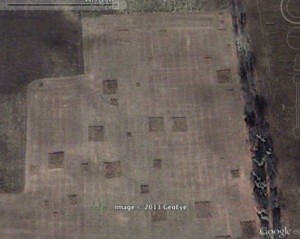This will be an informal discussion related to sustainability issues for organizations such as our own. Please come prepared to share your experiences, opinions and ideas! I hope that through this discussion we might come up with some concrete ideas about what we, as individuals, can do to help to promote sustainability within our current and future organizations.
Some questions we might use to guide the discussion include:
– Do organizations that focus on environmental issues have a responsibility to be environmentally (and socially) sustainable? Do they have special responsibilities in these areas because of the environmental focus of their work?
– What is meant by ‘sustainability’? What does environmental and social sustainability for an organization like NCEAS look like?
– How do environmental organizations know if they have achieved sustainability, or are making progress toward a goal? What responsibilities do they have (if any) to monitor sustainability performance?
– Do individuals who work for environmental organizations have a responsibility to invest effort in contributing to the sustainability of those organizations? If so, what kinds of actions can they take?
If you have ideas for additional questions we might discuss, please send them to me and I’ll add them to the list.
Dr. Stacy Rebich Hespanha
NCEAS Research Associate


